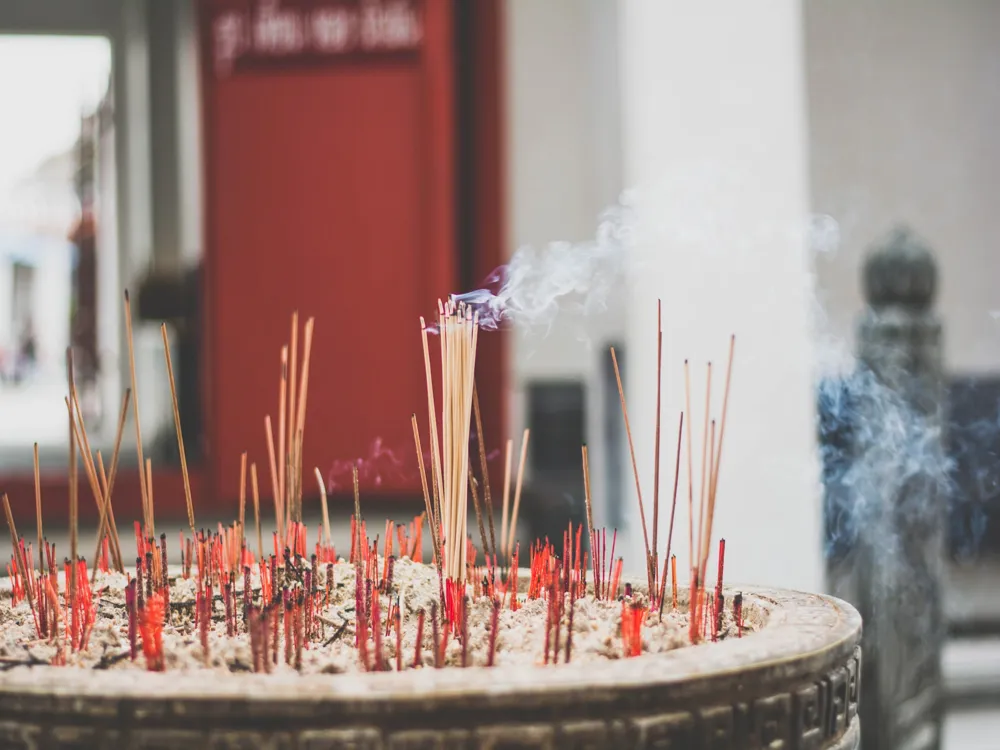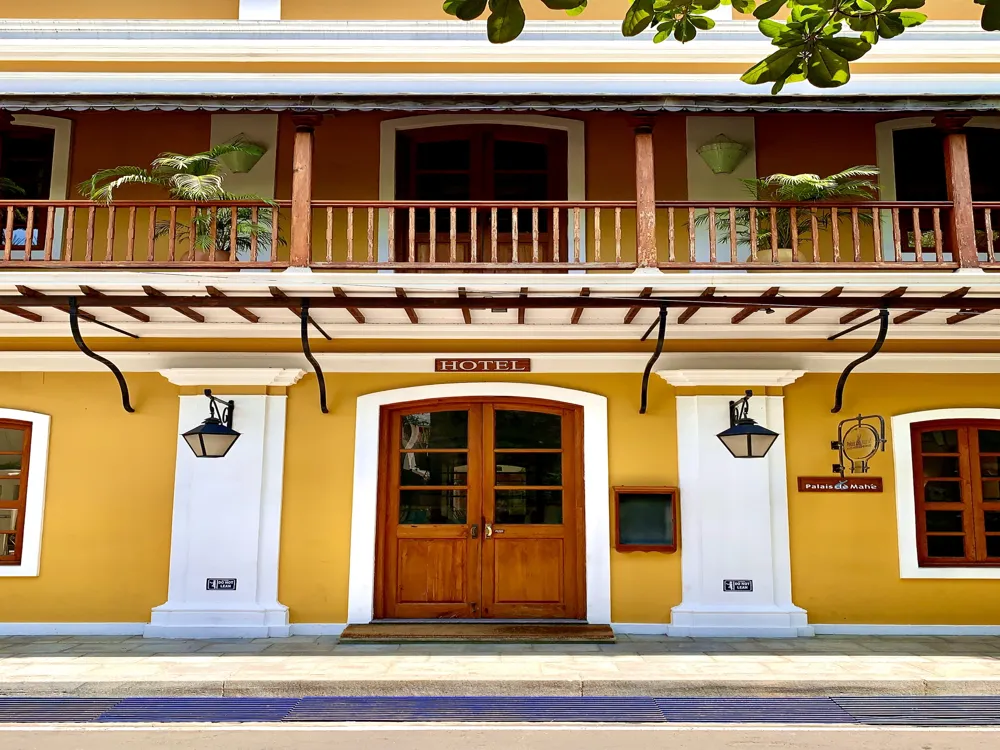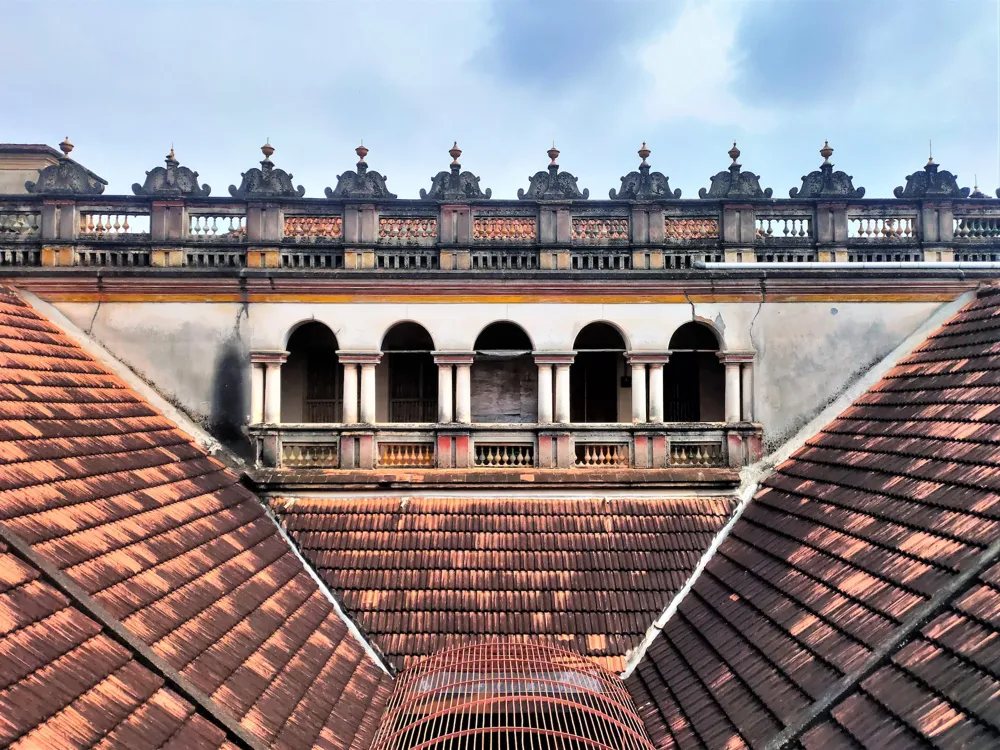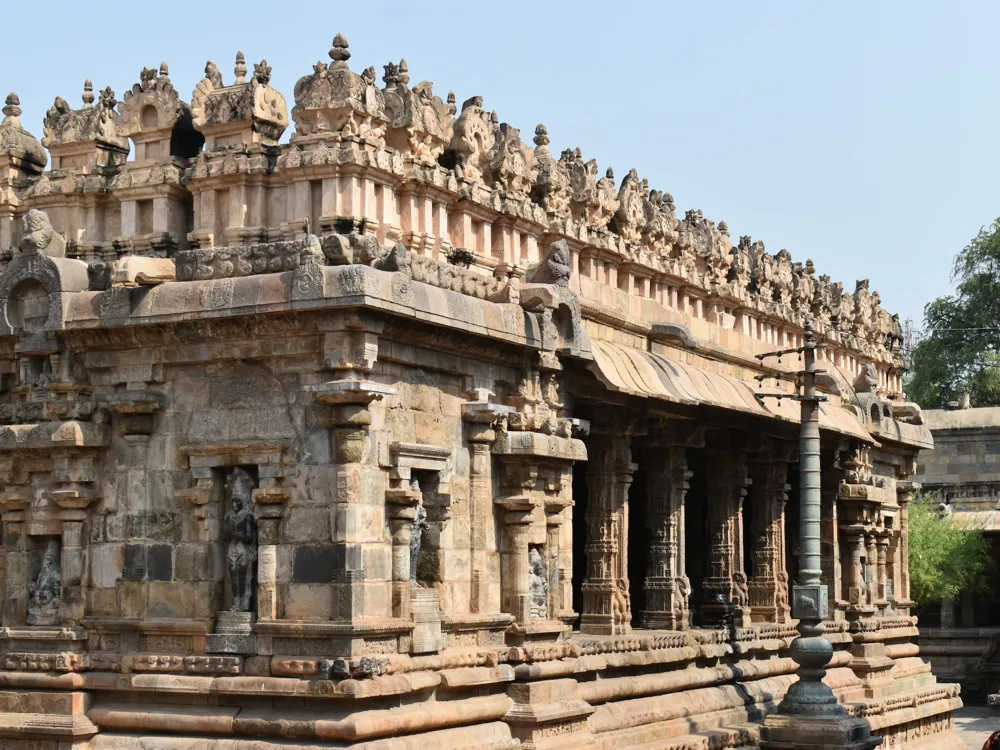Chidambaram, a town steeped in history, is situated in the southern state of Tamil Nadu, India. Known for its vibrant culture and rich heritage, this town is a jewel in the crown of Tamil Nadu. The name 'Chidambaram' is derived from the Tamil word 'Chitrambalam' meaning 'small hall or stage'. This town is not just a tourist destination but a journey through the historical and cultural landscape of South India. Historically, Chidambaram has been a center of learning and spirituality. It dates back to the Chola dynasty and even earlier, marking it as one of the oldest settlements in the region. The town's history is closely intertwined with the famous Nataraja Temple, dedicated to Lord Shiva. This temple not only stands as a spiritual center but also as a testament to the architectural grandeur of the bygone eras. Chidambaram’s cultural fabric is rich with classical dance, music, and festivals. The most famous is the Natyanjali dance festival, celebrated annually, which attracts performers and enthusiasts from across the globe. The town is also known for its unique cuisine, weaving together flavors that are indigenous to Tamil Nadu. Geographically, Chidambaram is blessed with diverse landscapes, from lush green fields to meandering rivers, making it a picturesque location. This diversity in landscapes adds to the town's charm and makes it a perfect destination for travelers seeking tranquility and beauty. Chidambaram holds a significant place in Tamil literature and mythology. It is often mentioned in Sangam literature, which dates back to 300 BCE. The town is revered as one of the five holiest Shiva temples, each representing one of the five natural elements; Chidambaram represents the sky (aether). This element is embodied in the temple’s deity, Lord Nataraja, the cosmic dancer who signifies the eternal cosmic dance of creation and destruction. Chidambaram is not just about history and culture; it also plays a crucial role in ecotourism. The Pichavaram mangrove forest near Chidambaram is the world's second-largest mangrove forest and is a paradise for nature lovers and environmentalists. The forest is home to a variety of flora and fauna, providing an excellent opportunity for bird watching and boat rides. The architecture of Chidambaram is a window into the past, showcasing the brilliance of Dravidian architecture. The town's crowning glory, the Nataraja Temple, is an architectural marvel and a symbol of the Chola dynasty's influence in the region. The temple complex is vast, adorned with intricately carved gopurams (towers), and houses the famous golden roof over the sanctum sanctorum, representing Lord Shiva's cosmic dance. The temple's architecture is a harmonious blend of form, function, and spirituality. The layout follows the traditional Tamil temple structure, which includes the main temple, gopurams, and surrounding precincts. The intricate sculptures and detailed carvings on the temple walls depict various Hindu deities, mythological scenes, and cosmic dance forms of Lord Shiva. The temple is renowned for its use of symbolism to represent philosophical concepts. The main deity, Nataraja, symbolizes the cosmic cycles of creation and destruction, as well as the daily rhythm of birth and death. The temple’s design embodies the universe's metaphysical structure, with each architectural element representing different aspects of the cosmos and Hindu theology. The golden roof of the Nataraja Temple, known as the 'Chidambara Rahasyam', is one of its most striking features. It symbolizes the ultimate reality, which is formless, and is where Lord Nataraja performs the Ananda Tandava (dance of bliss). This cosmic dance is a representation of five activities (Pancha Krityas) - creation, protection, destruction, embodiment, and release. It epitomizes the universe's cyclical nature and the continuous flow of time and space. The Chola dynasty, known for its patronage of art and architecture, has left an indelible mark on Chidambaram’s architecture. The temple’s architectural expansion and the intricacy of sculptures reflect the dynasty's prosperity and devotion to Hinduism. The Chola kings are credited with transforming the temple into an architectural masterpiece, symbolizing their power and piety. In Chidambaram, architecture and art are not separate entities but are seamlessly integrated. The sculptures and frescoes in the temple are not just adornments but narrate stories and philosophical truths. This integration serves as a visual medium for religious and cultural education, making the temple a repository of history and art. The construction techniques used in Chidambaram's architecture were ahead of their time. The temple’s stone carvings, bronze sculptures, and the alignment of its structures as per Vastu Shastra (ancient Indian architecture science) demonstrate the advanced engineering skills of the artisans. The temple stands not only as a place of worship but also as a testament to ancient engineering marvels. The ideal time to visit Chidambaram is between October and March when the weather is pleasant. This period avoids the hot summer months and the monsoon season, making it comfortable for sightseeing and temple visits. Visitors to the temple are advised to adhere to a conservative dress code, respecting the religious and cultural sentiments. Modest clothing is recommended. Also, it is important to maintain decorum inside the temple premises, as it is a place of worship. Chidambaram offers a range of local Tamil cuisines that visitors should try. From traditional meals served on banana leaves to local snacks, the town provides a culinary experience. Accommodations ranging from budget hotels to luxury resorts are available, catering to different preferences and budgets. For those interested in the architectural and historical aspects of Chidambaram, guided tours are available. These tours provide in-depth knowledge about the town's history, culture, and architecture, enriching the visiting experience. Chidambaram is well-connected and accessible through various modes of transportation. The nearest airport is in Tiruchirappalli, about 170 kilometers away. The town also has its own railway station, Chidambaram Railway Station, connecting it to major cities in Tamil Nadu and beyond. Additionally, state-run and private buses regularly ply to Chidambaram, making it easily reachable by road. For those driving, Chidambaram is connected through the National Highway 45A, ensuring a smooth and scenic drive. Local transportation within Chidambaram includes buses, auto-rickshaws, and taxis, making it convenient to navigate the town.Overview of Chidambaram
Chidambaram’s Significance in Literature and Mythology
Ecotourism and Environment
Architecture of Chidambaram
The Golden Roof and the Cosmic Dance
Influence of Chola Dynasty
Integration of Art and Architecture
Engineering Marvels in Construction
Tips When Visiting Chidambaram
Best Time to Visit
Dress Code and Conduct
Local Cuisine and Accommodation
Guided Tours
How To Reach Chidambaram
Chathapurinathar Temple
Chidambram
Tamil Nadu
NaN onwards
View chidambram Packages
Chidambram Travel Packages
View All Packages For Chidambram
Top Hotel Collections for Chidambram

Private Pool

Luxury Hotels

5-Star Hotels

Pet Friendly
Top Hotels Near Chidambram
Other Top Ranking Places In Chidambram
View All Places To Visit In chidambram
View chidambram Packages
Chidambram Travel Packages
View All Packages For Chidambram
Top Hotel Collections for Chidambram

Private Pool

Luxury Hotels

5-Star Hotels

Pet Friendly




















